The Bluff area was one of the earliest areas of New Zealand where a European presence became established. The first ship known to have entered the harbour was the Perseverance in 1813, in search of flax trading possibilities, with the first European settlers arriving in 1823 or 1824.
This is the foundation for the claim that Bluff is the oldest permanent European settlement in the country. However, the missionary settlement at Kerikeri was both earlier and larger. The town was officially called Campbelltown in 1856, it became a borough in 1878, and was renamed Bluff in 1917.
Few cruise ships call at Bluff, just one on the 2016/17 season, so there are few cruise focused tours available at present.
Bluff is dominated by Bluff Hill / Motupohue, standing at 265 m, which provides some shelter from the prevailing westerly winds. There is a world-class walk along the shore through native bush up to this point. The town is named for this bluff, which was known to early whalers as Old Man's Bluff or Old Man Bluff. East across the entry channel from Bluff is Tiwai Point, home to New Zealand's only aluminium smelter and its wharf. Electricity is supplied by the Manapouri Hydroelectric Power Station in Fiordland National Park.
A chain sculpture on the coast near Bluff symbolises the Maori view that Stewart Island is anchored to South Island; a similar sculpture in Rakiura National Park represents the other end of the chain.
As we do not offer any shore excursion programs in Bluff, we can suggest you visit the Bluff Tourism offices web site for assistance, see here: Bluff
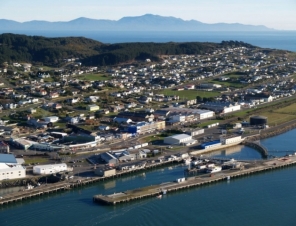
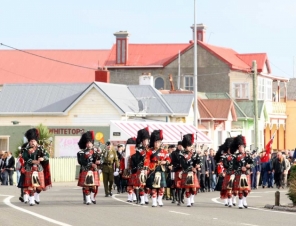

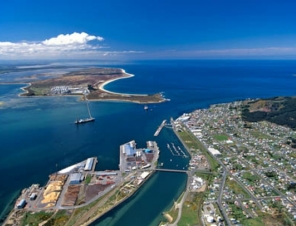
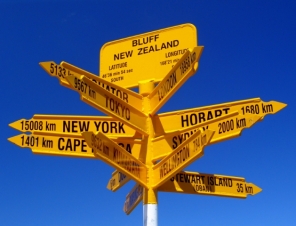
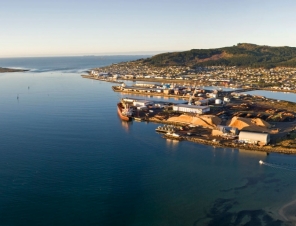
Bluff Cruise Port
New Zealands's most southerly town and port
Bluff is New Zealand mainlands most southerly town and port, it is home to a large fishing fleet and an array of seafood including crayfish, blue cod and the world famous and delectable Bluff oyster. Few cruise ships visit though.

Quick Search


 |
|








